The new iPhone 14 Pro (Max) has received a great news that Apple fans have been calling for for quite a number of years. In this regard, we mean the so-called always-on display. We can recognize it very well from our Apple Watch (Series 5 and newer) or competing phones, when the display remains on even when we lock the device. Thanks to the fact that it runs at a low refresh rate, it consumes practically no energy, and yet it can briefly inform about various necessities - about the time and possible notifications.
It could be interest you
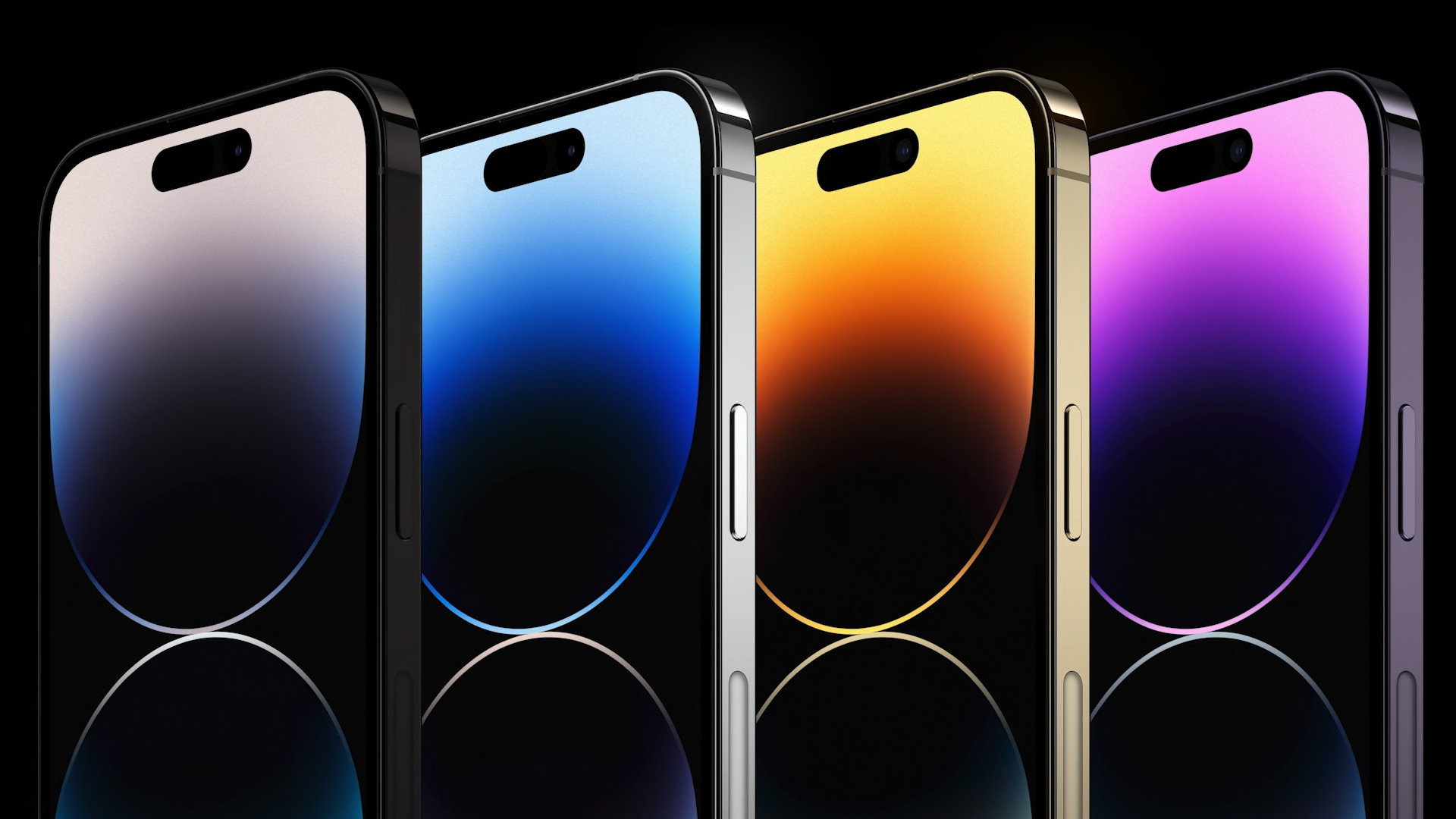
Although competing Androids have had an always-on display for a long time, Apple has bet on it only now, and only in the case of the iPhone 14 Pro (Max). Practically immediately, however, a rather interesting discussion opened up on the discussion forums. Some Apple users express their concern whether, in the case of always-on, some pixels may burn out and thus degrade the entire display. So let's shed some light on why we don't have to worry about something like this at all.
Burning pixels
Pixel burn-in has already occurred in the past in the case of CRT monitors, while also involving plasma/LCD TVs and OLED displays. In practice, this is a permanent damage to the given screen, when a specific element practically burns out and subsequently remains visible on other scenes as well. Such a situation could have occurred in a variety of cases - for example, the logo of a television station or other stationary element was burnt. In the attached image below, you can notice the "burned" CNN logo on the Emerson LCD TV. As a solution, screensavers with moving elements began to be used, which were supposed to ensure only one thing - that no element was kept in one place and there was no danger of it being burned into the screen.

It is therefore not surprising that the first concerns related to this phenomenon appeared already at the introduction of the iPhone X, which was the first iPhone ever to offer an OLED panel. However, mobile phone manufacturers were prepared for similar cases. For example, Apple and Samsung solved this effect by letting the pixels of the battery indicator, Wi-Fi, location and others shift slightly every minute, thus preventing burn-in.
There is nothing to worry about with phones
On the other hand, perhaps the most important factor must be taken into account. It's been quite a long time since pixel burning was most common. Of course, display technologies have moved several levels forward, thanks to which they can work reliably and offer even better results. That is why concerns about burning pixels in connection with the Always-on display are not at all appropriate. Practically speaking, this particular problem is (thankfully) long gone. So if you're thinking about getting a Pro or Pro Max model and you're worried about burning pixels, you have practically nothing to worry about. At the same time, always-on runs at very low brightness, which also prevents the problem. But there are certainly no reasons to worry.
It could be interest you
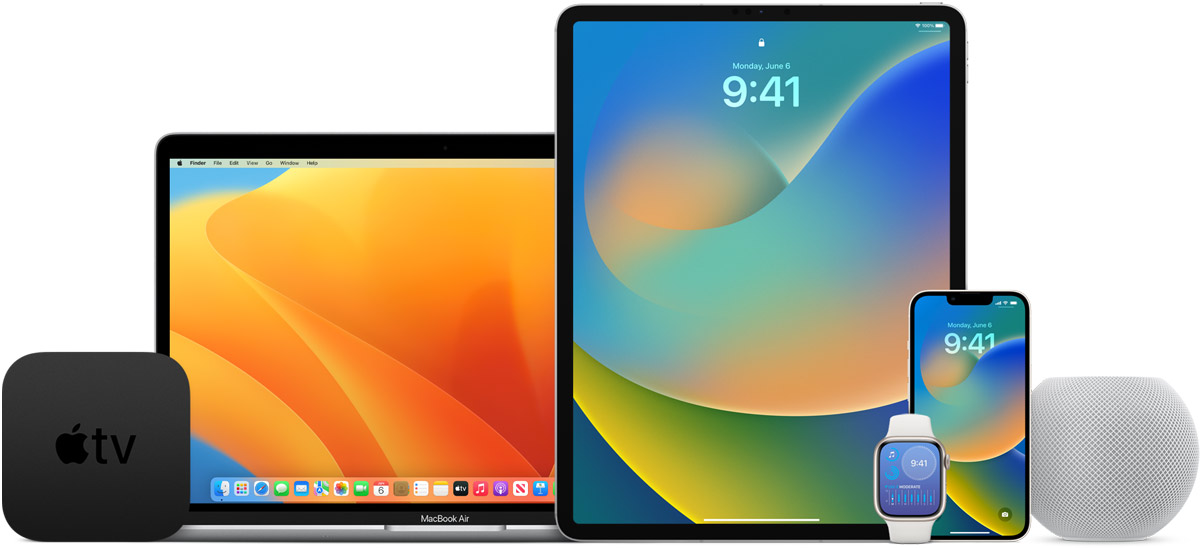
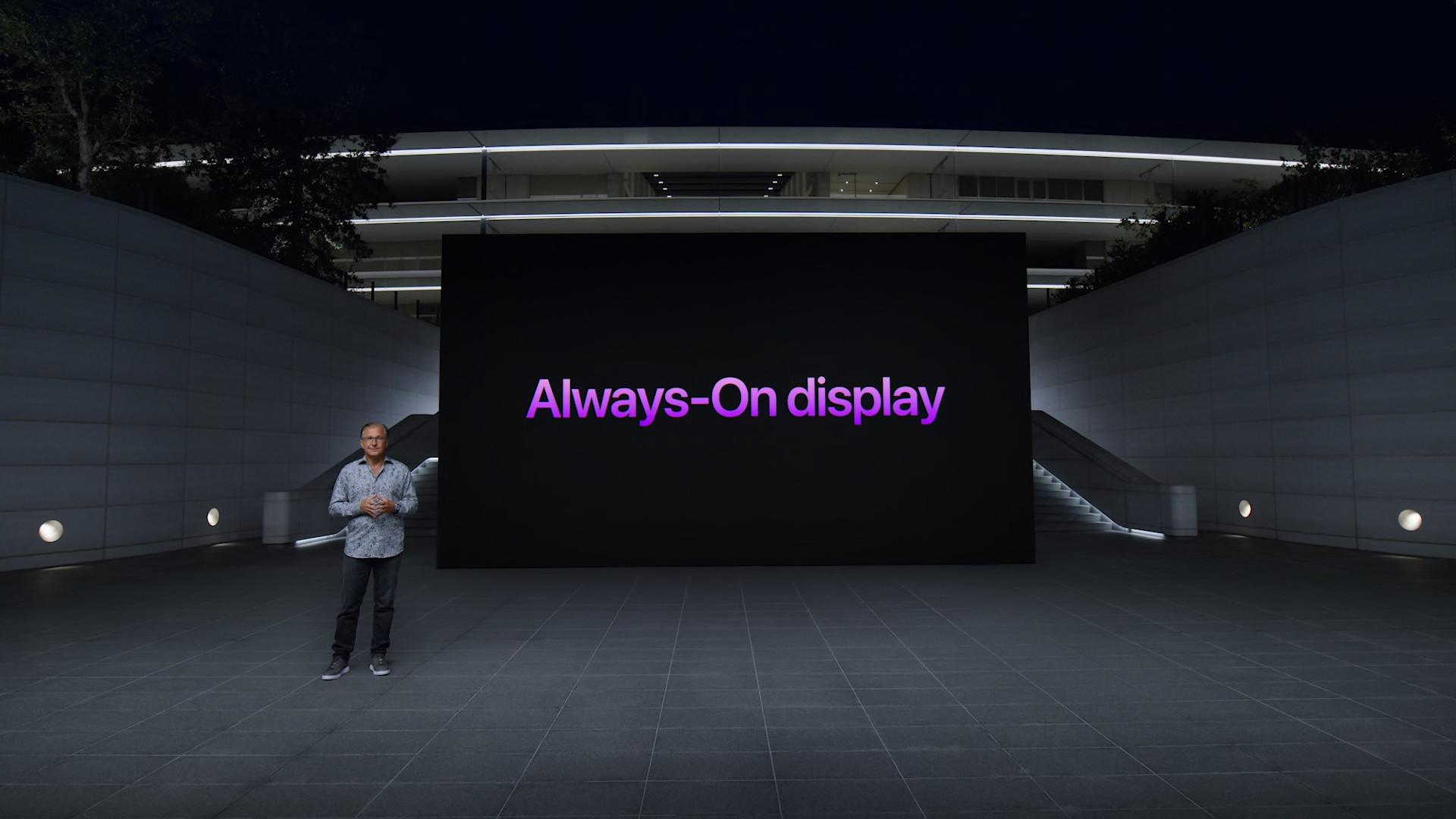
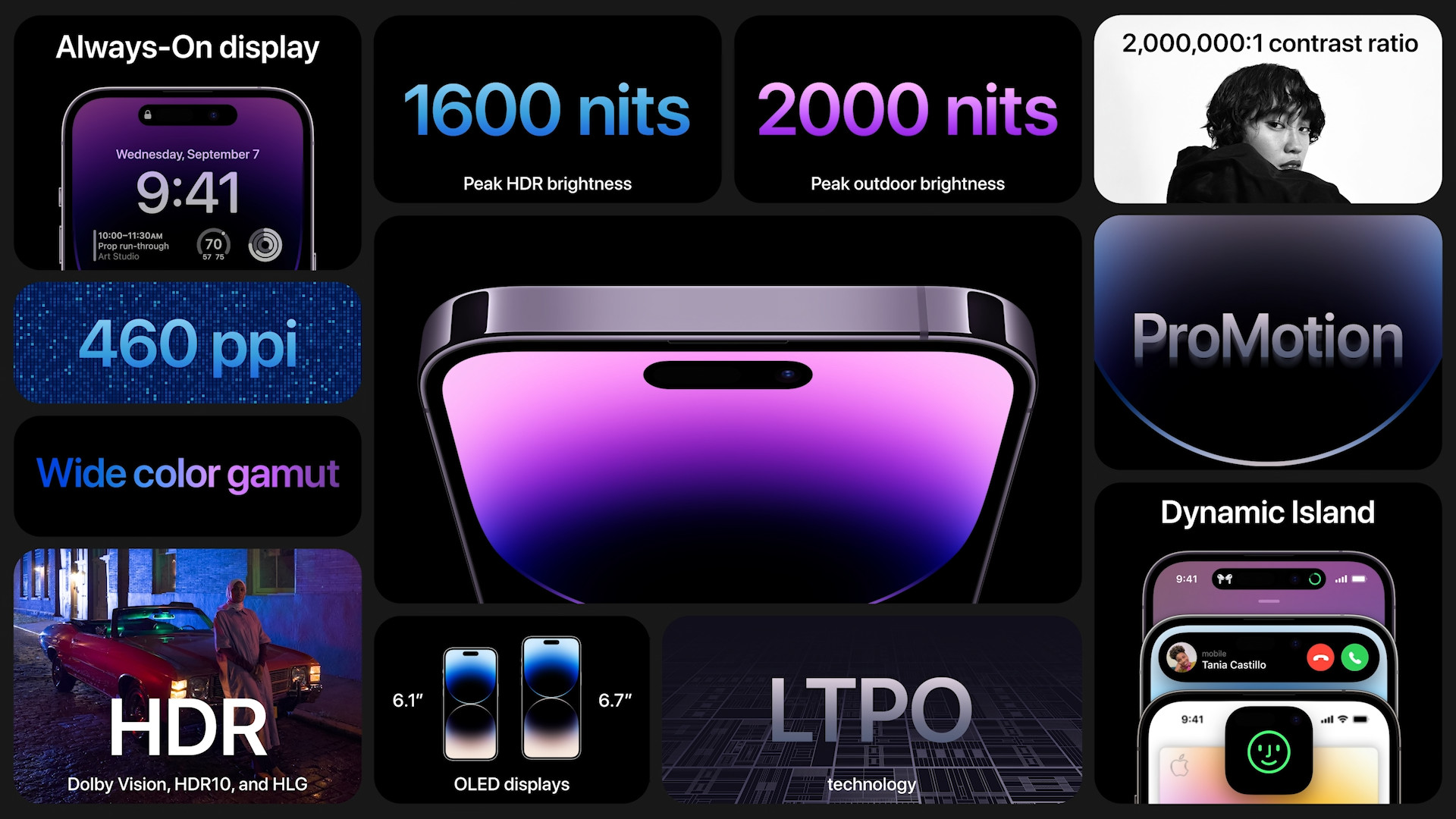

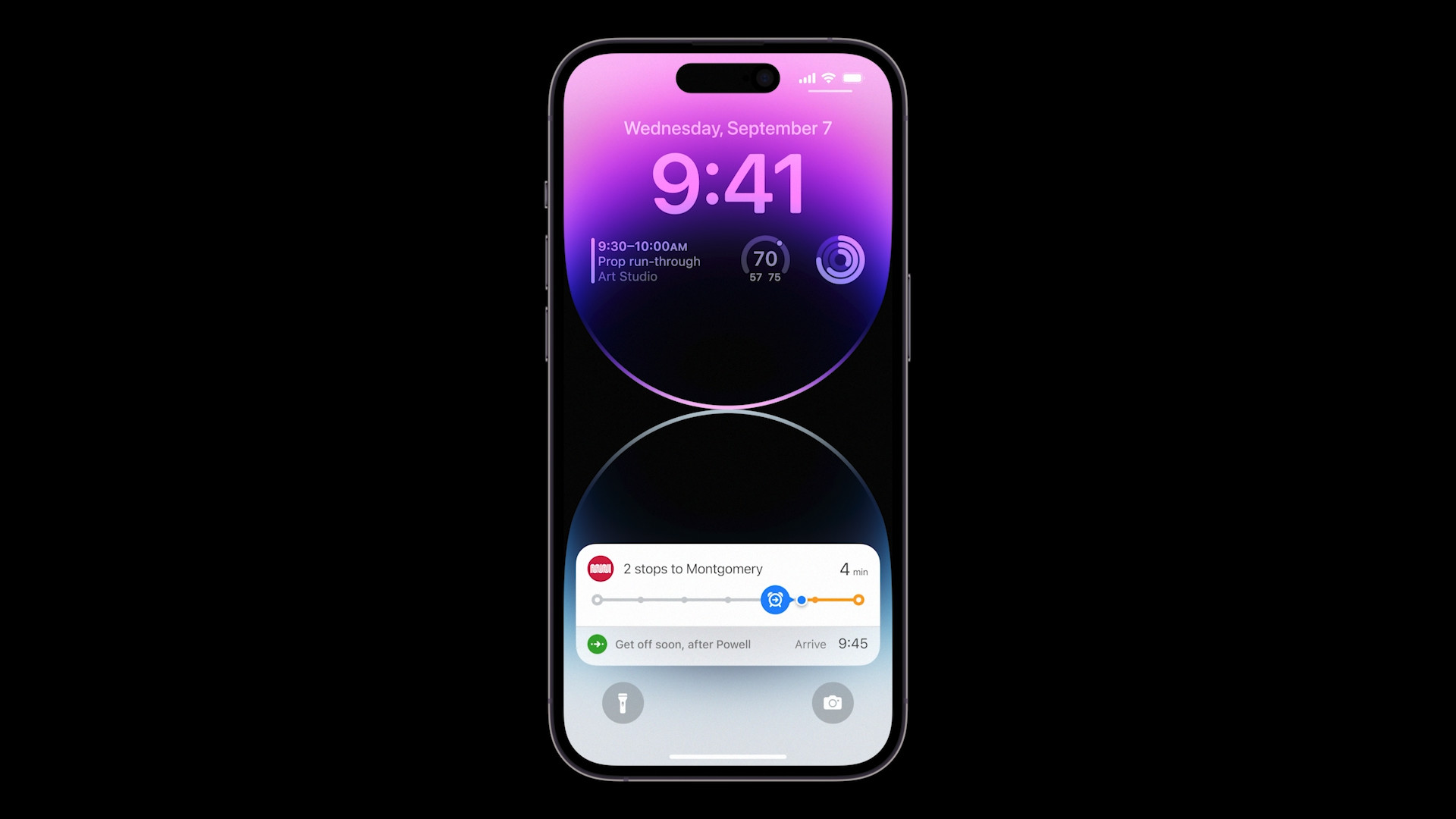
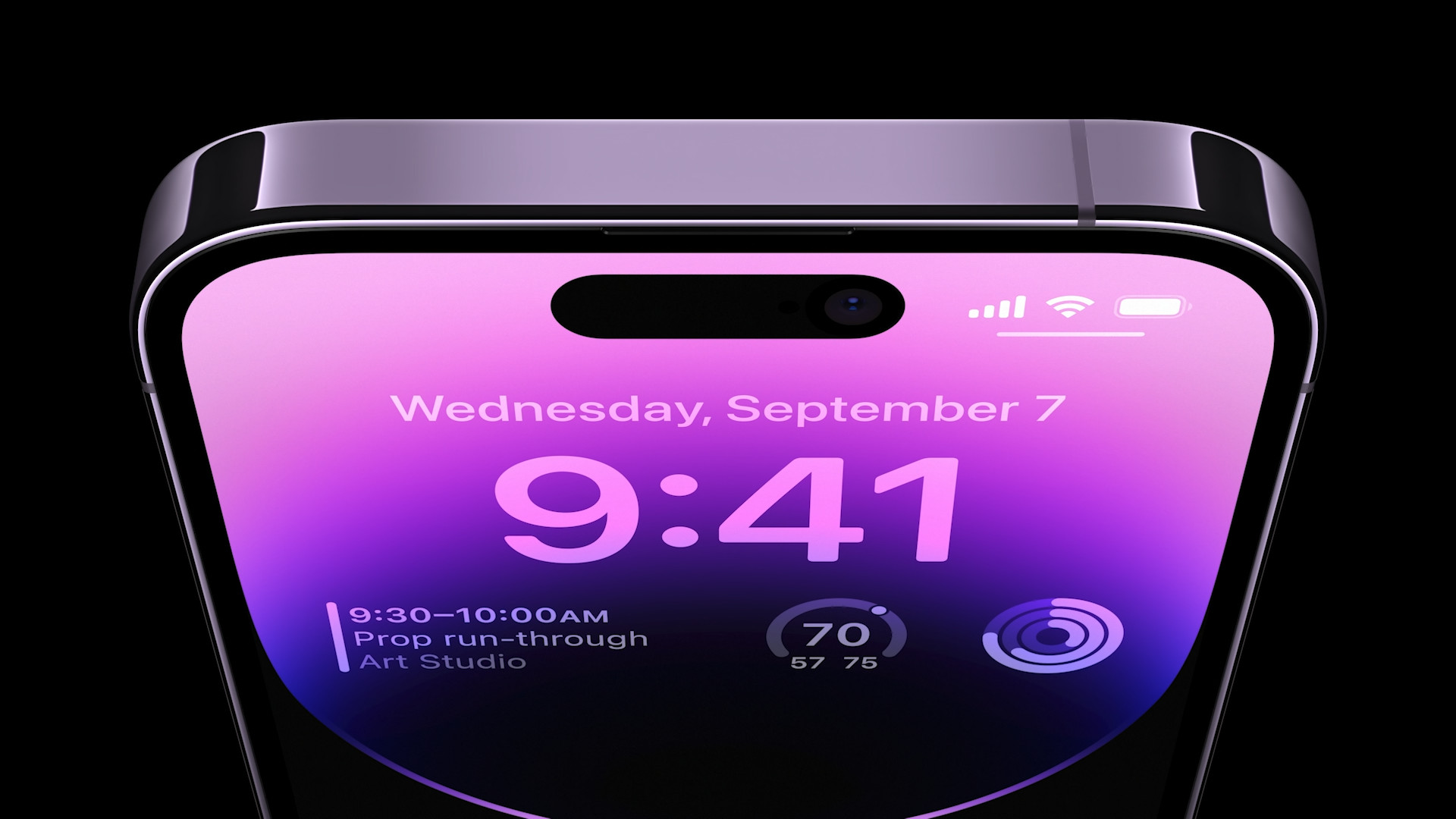



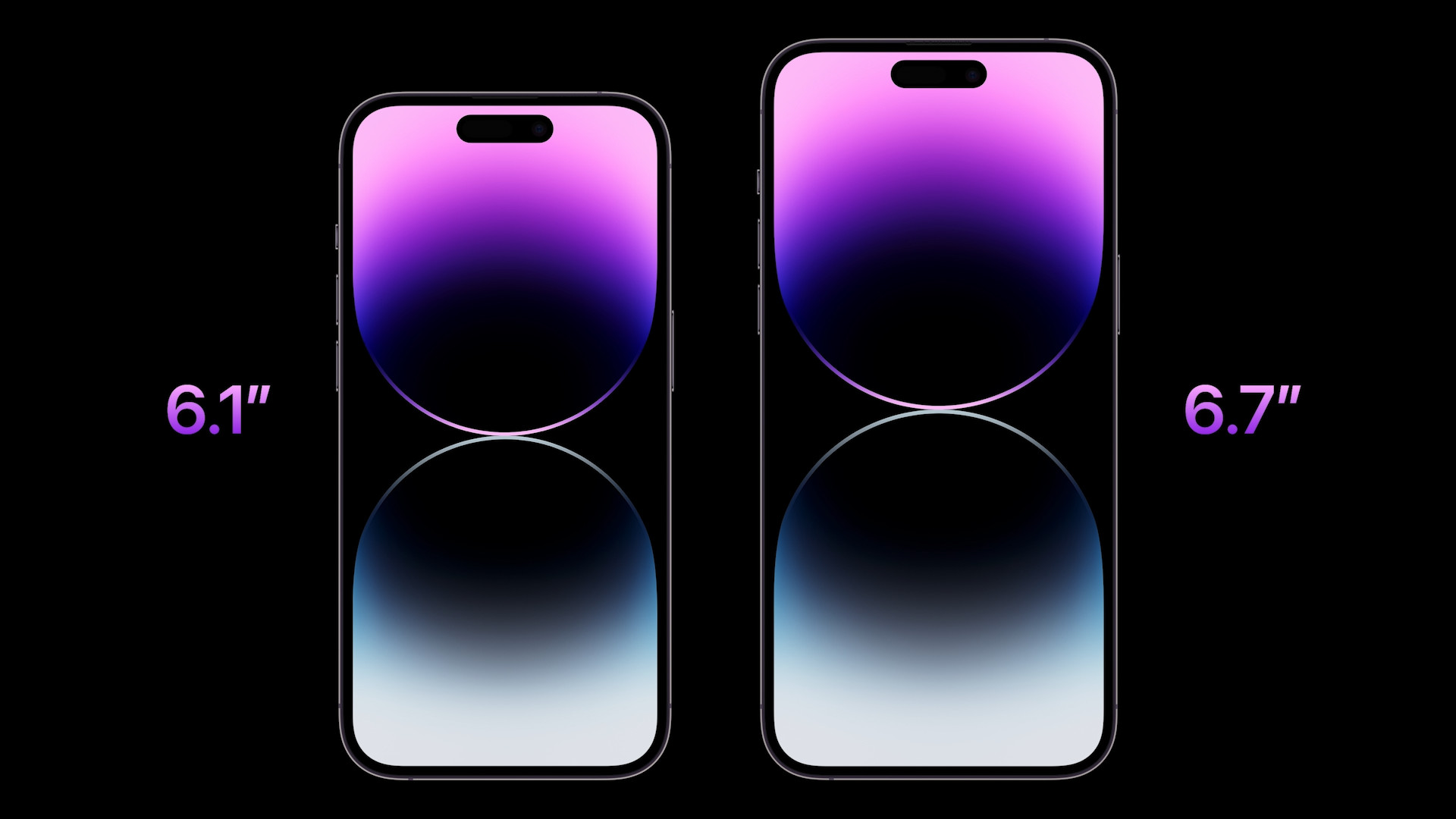
So we didn't really learn anything :D
I have no choice but to agree :D
But they found out. You just have to look for that information in a pile of text. True, it was enough to write it in one sentence, but that would not be an article. Manufacturers solve burning with screensavers, pixel shifting and new display technologies.
God, how can someone write that there is no need to be afraid, because the manufacturers have figured it out and not back it up with any explanation or justification!!!